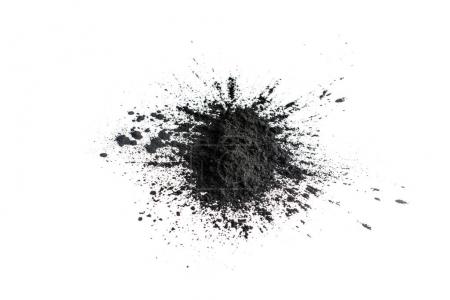
First of all, do not confuse activated charcoal with those little briquettes you use to cook burgers and steaks. Also, it should not be confused with coal which is a petroleum product. Activated charcoal is completely different. It is used in a wide variety of cosmetic, health, and medical products. It can also be used as a water filter, and, interestingly, it can be completely ingested by humans to be used as poison antidote. (The activated charcoal is very, very absorbent, so poison molecules are absorbed into the charcoal and rendered neutral, so that the human body cannot absorb them.)
How is it made?
Step one in creating activated charcoal is the heating of plain wood (sometimes coconut shells and bamboo are used too). The material is heated up to high temps in special ovens of flues, so as to remove water and reduce the wood to mostly carbon. The material is further treated with certain gases and steam to produce the final product, activated charcoal which is a light, very absorbent black powder.
Why does it work?
The significant property of activated charcoal is its porous quality and huge surface area. Just one ounce of material has more surface area than 20 acres of land! Activated charcoal is like a super-sponge; it readily absorbs many materials including tannins which are those nagging chemicals in coffee and tea that stain your teeth so badly. It is so new to the dental field that no comparative studies are out yet measuring its effectiveness at whitening teeth. Many individuals swear by it and are touting its effectiveness, however, and pictures of actual cases are prevalent on social media outlets and the internet.
Comments are closed.